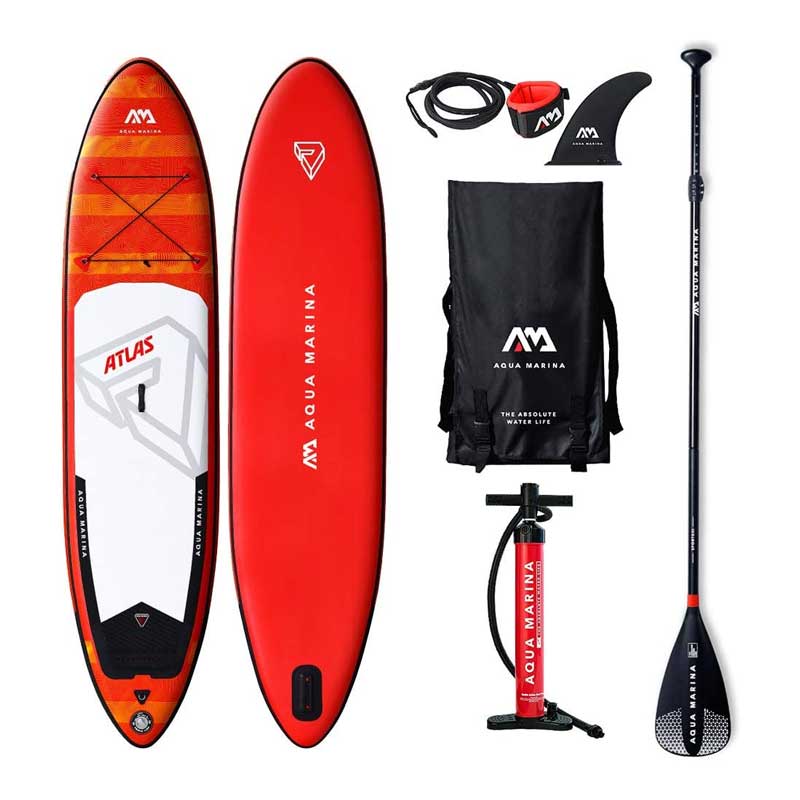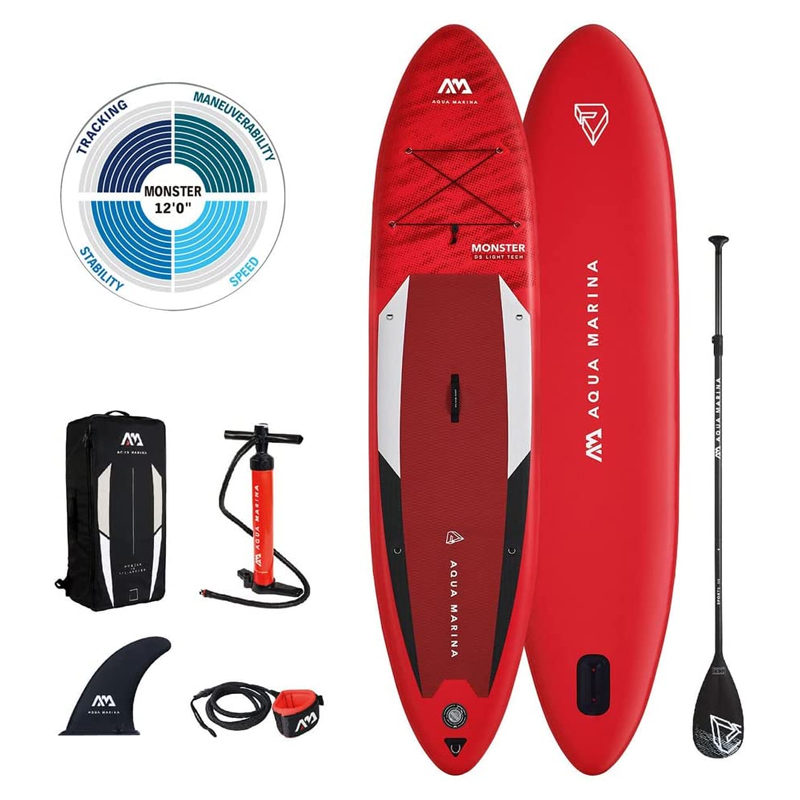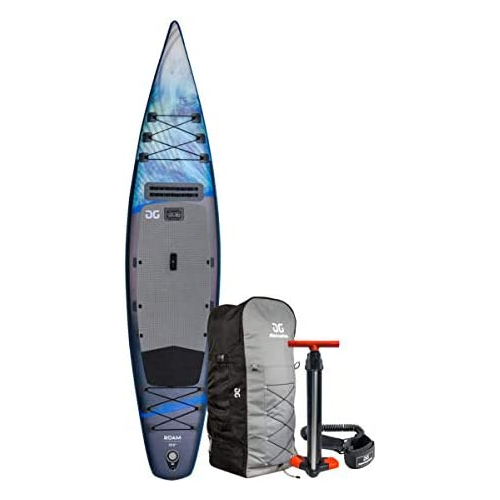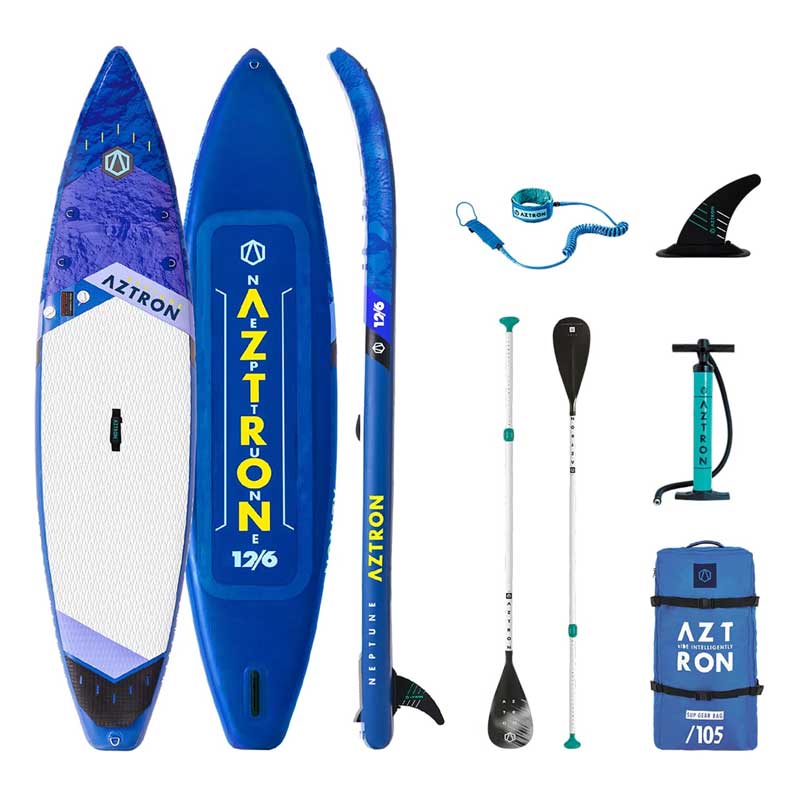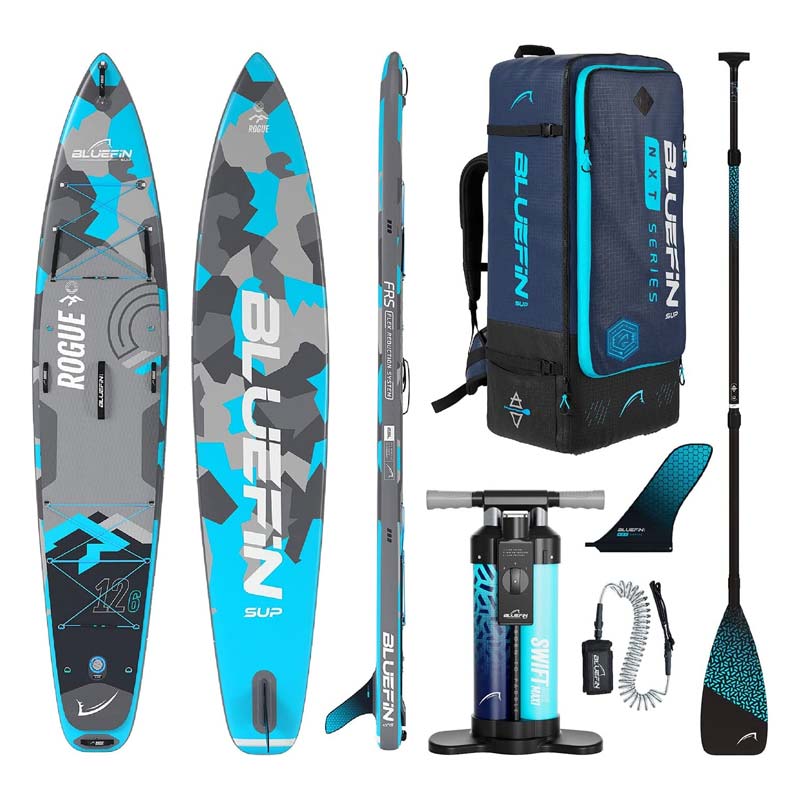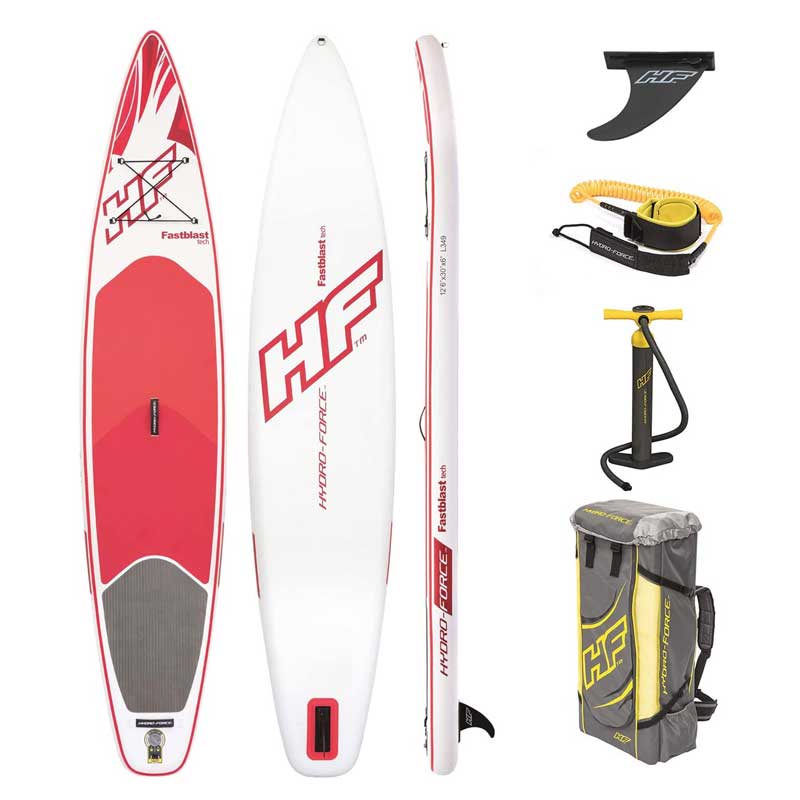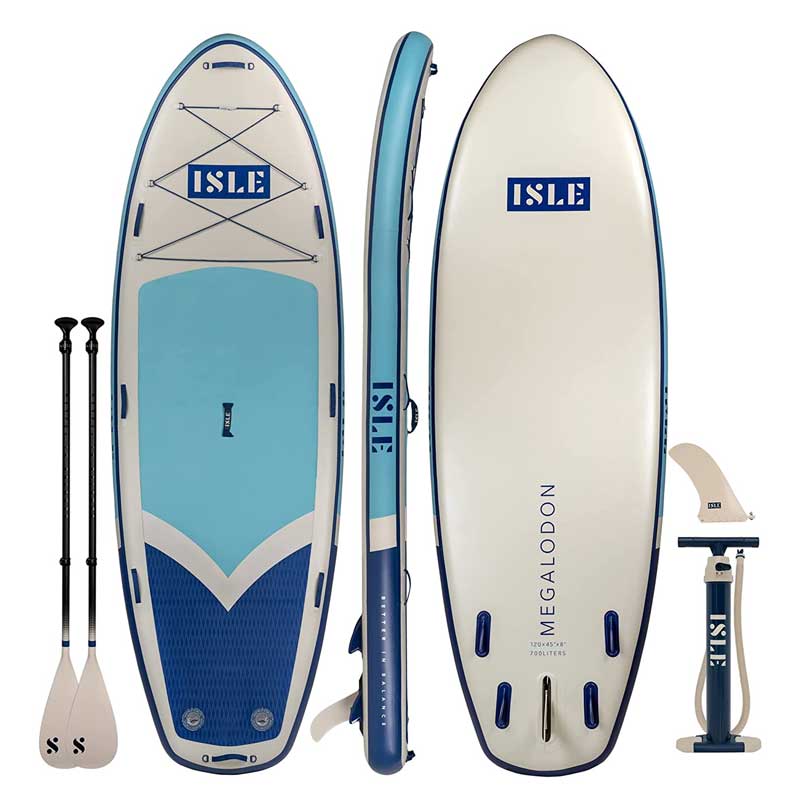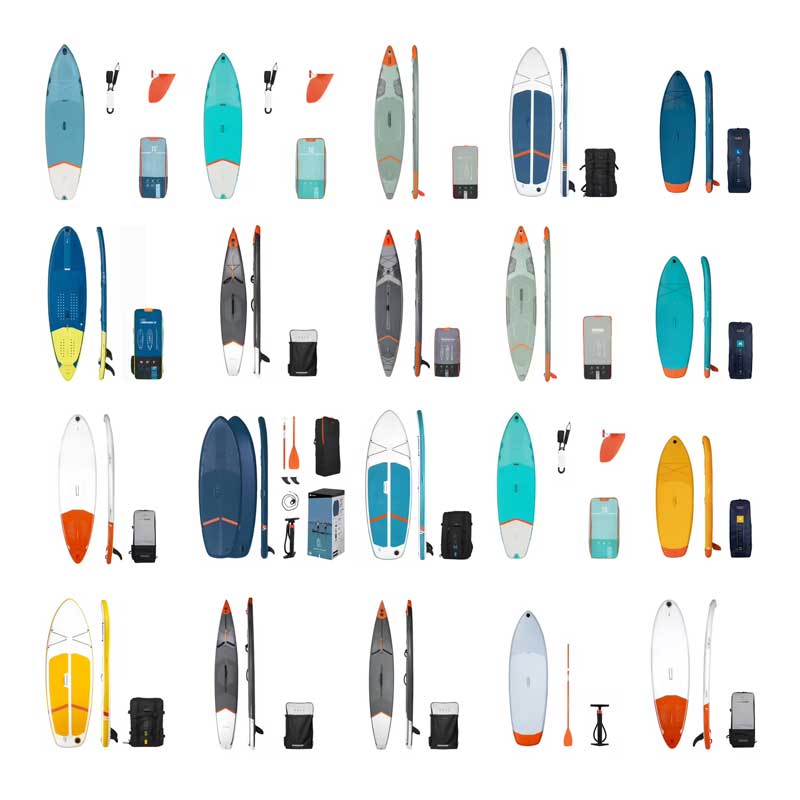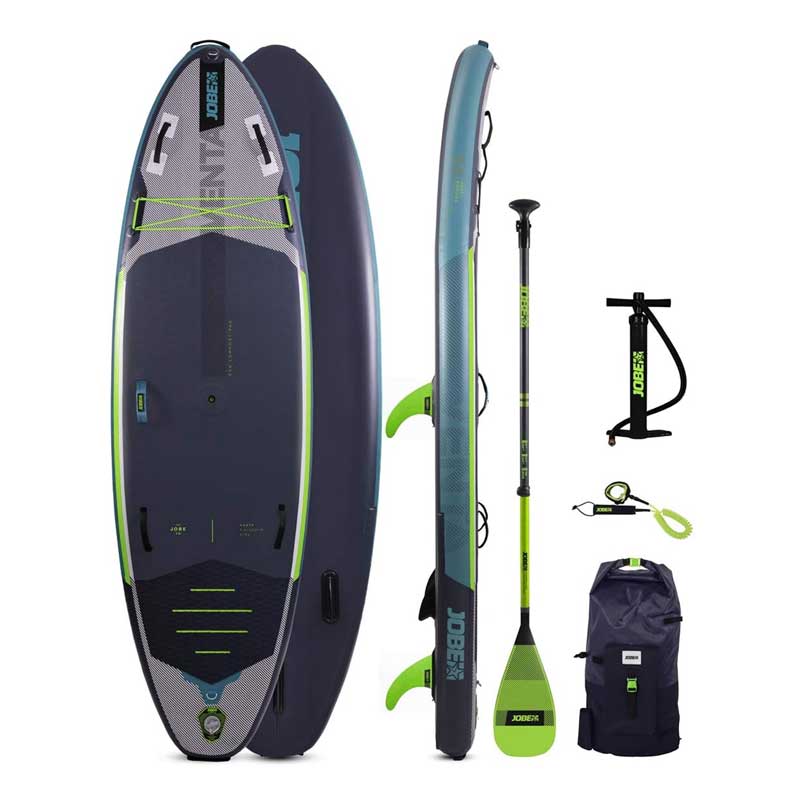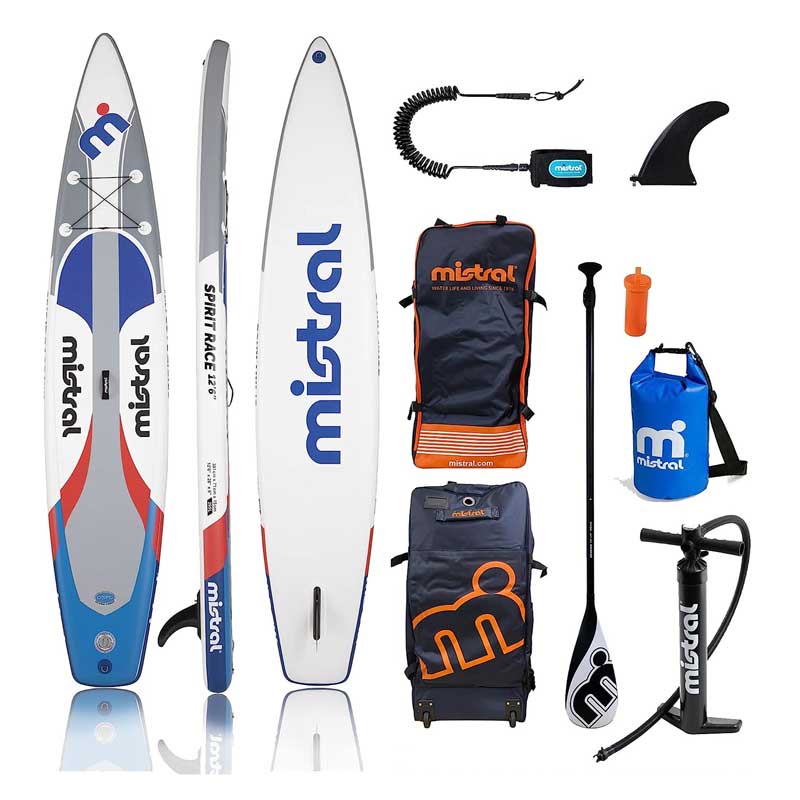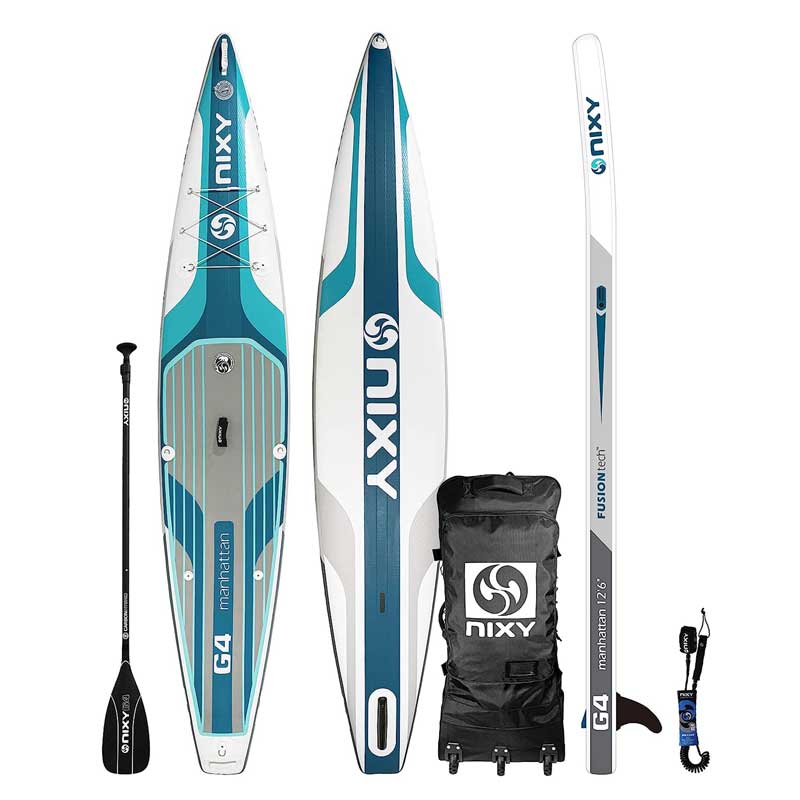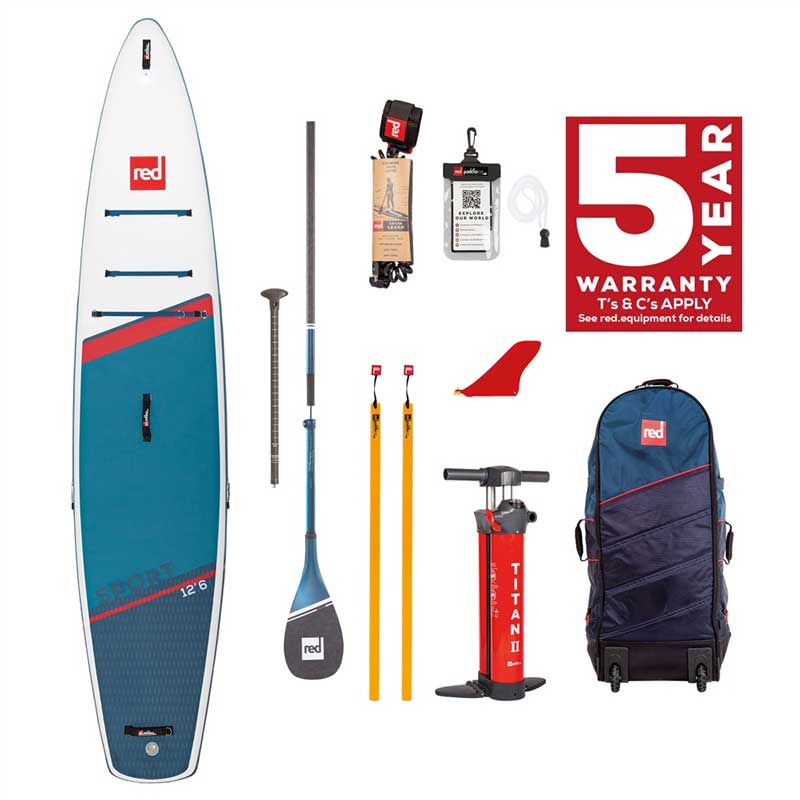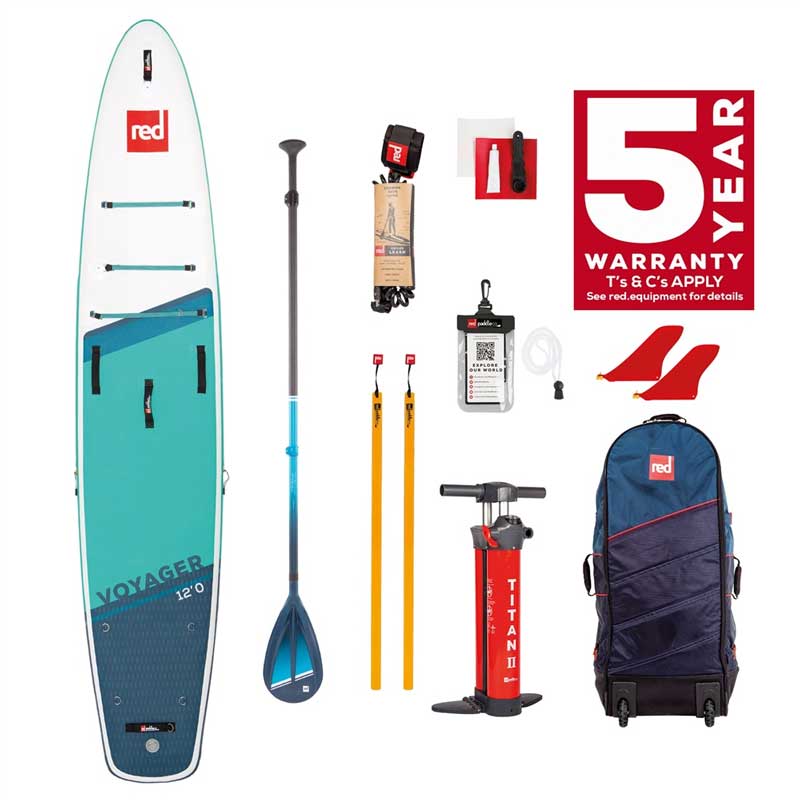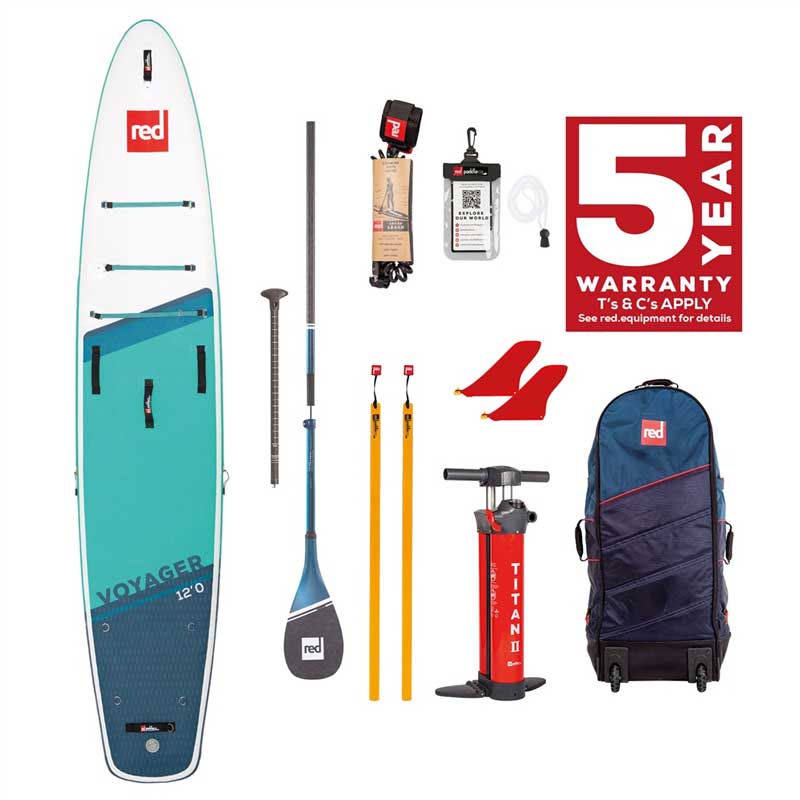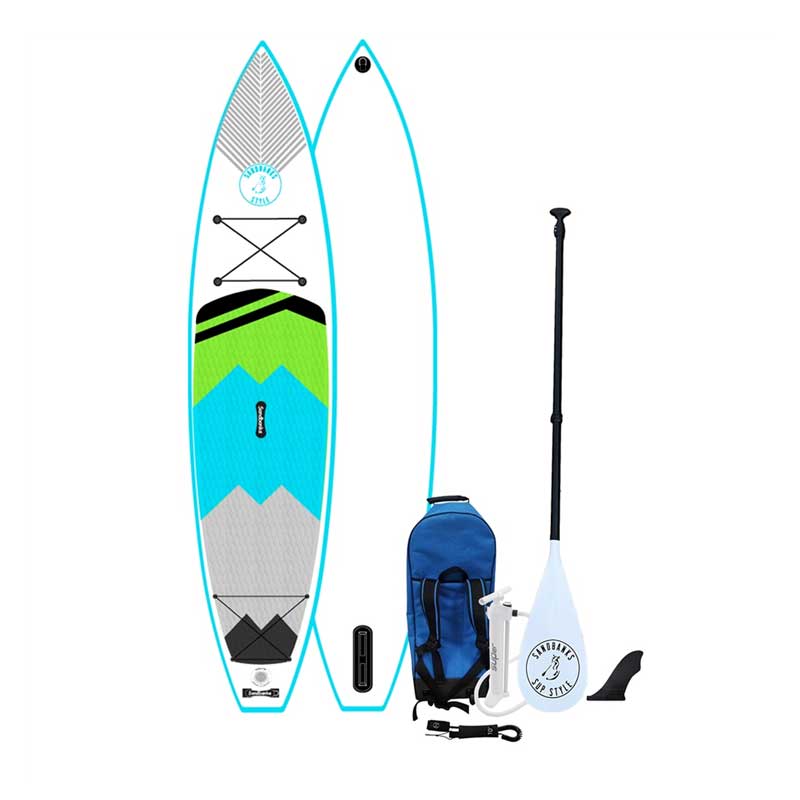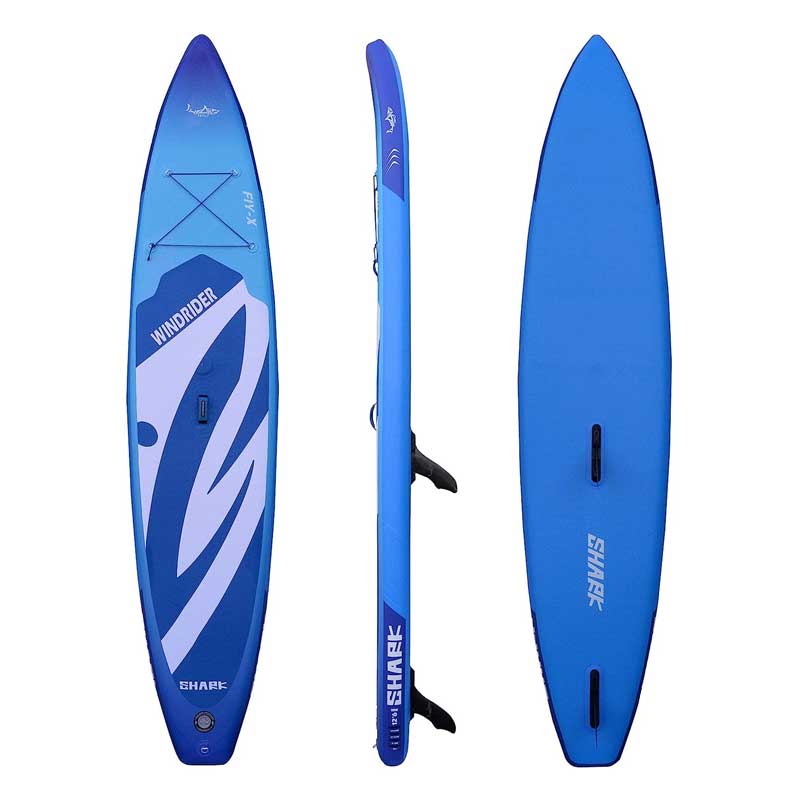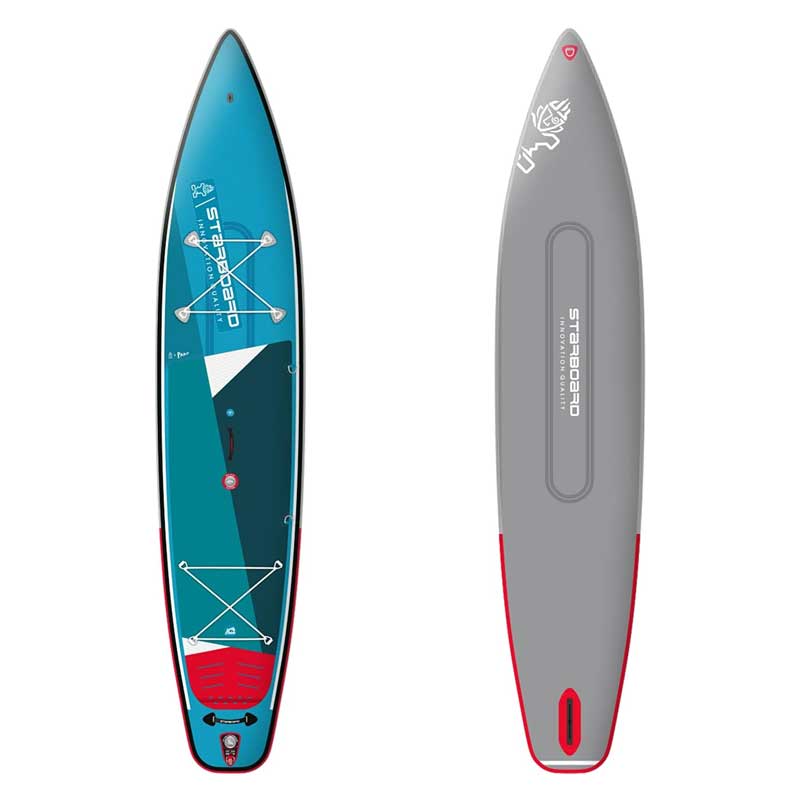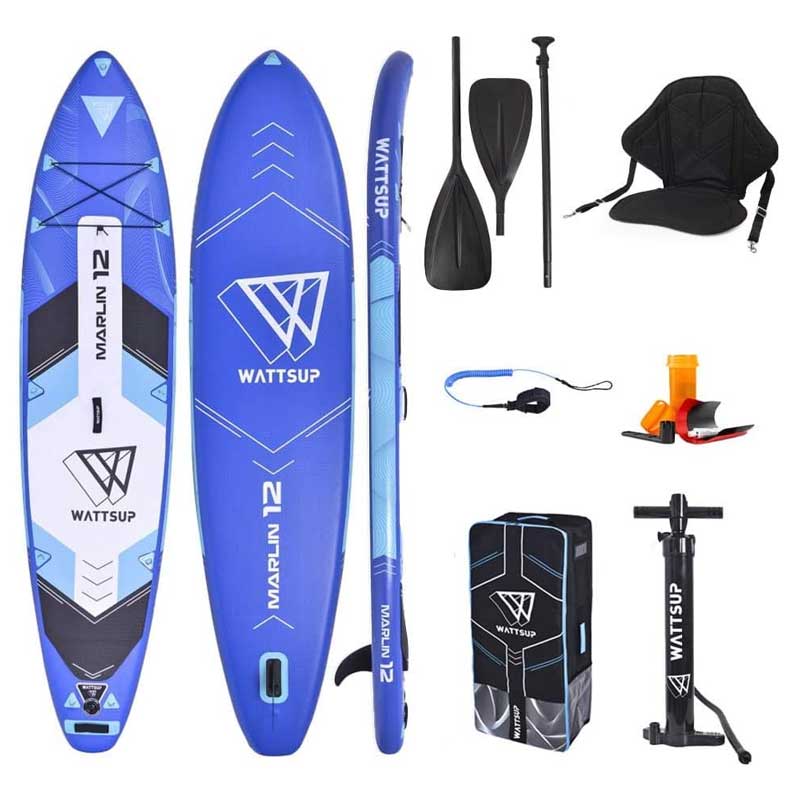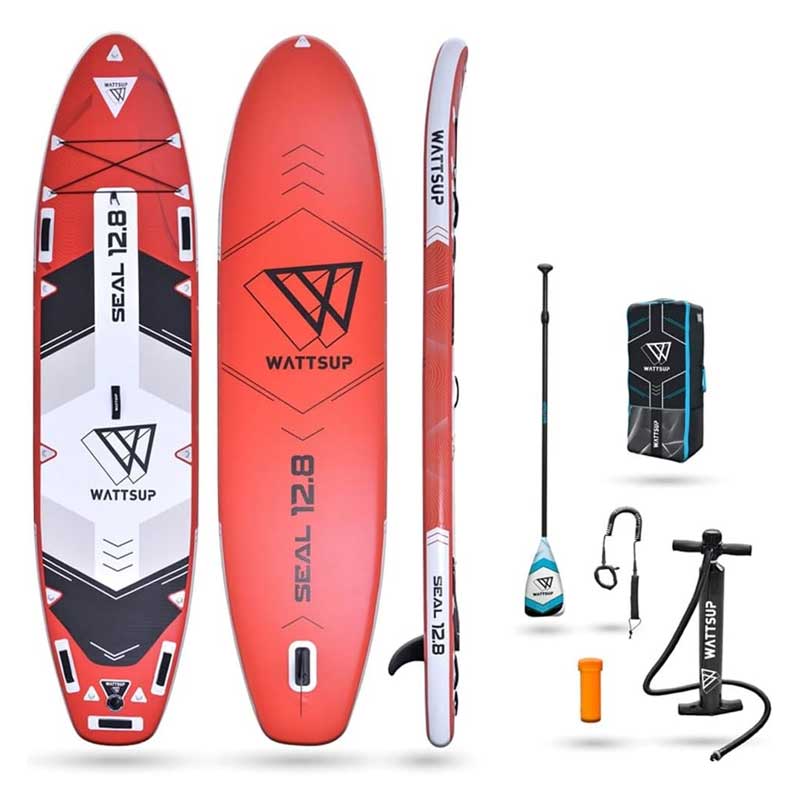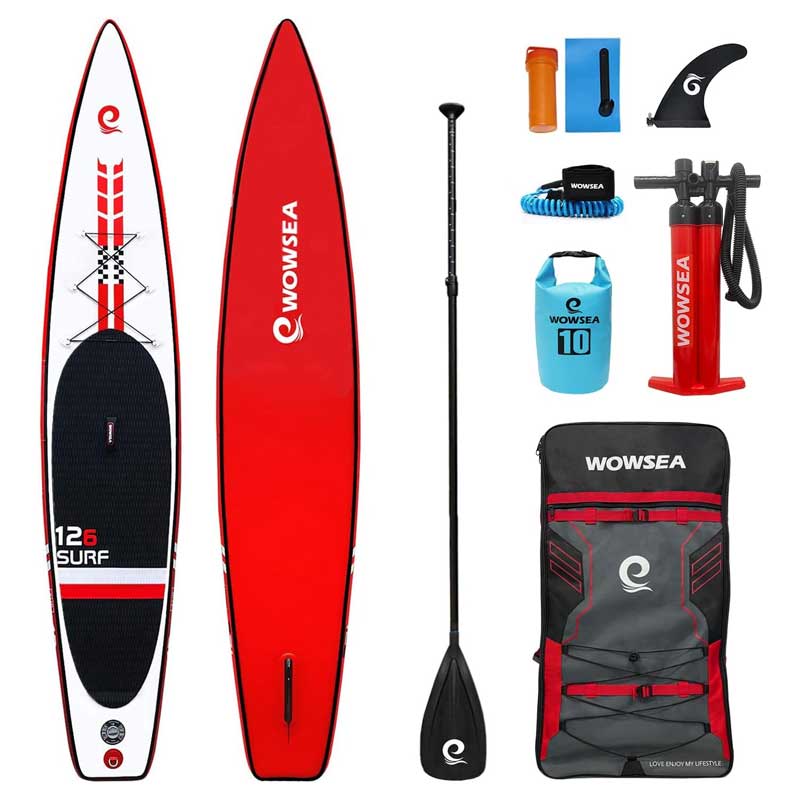12ft Paddle Boards
12ft Paddle Boards Buyers Guide
With its elongated design, the 12ft paddle board offers exceptional tracking in the water.
This design ensures that each paddle stroke translates into forward motion with minimal side-to-side wavering.
Benefits of a 12ft Paddle Board
- Straight Tracking: One of the standout features of the 12ft design is its ability to maintain a straight line in the water. This straighter tracking means less time spent correcting the course, allowing longer, more enjoyable rides.
- Higher Speeds: Compared to Allround SUPs, 12ft boards are noticeably faster. Their length provides a streamlined profile, cutting through the water with ease.
- Stability: A width of around 32 inches, typical for these boards, offers excellent stability. This stability is reassuring for beginners while offering experienced riders the challenge and fun they seek.
Touring vs Racing On A 12ft SUP
12ft paddle boards generally fall into two categories:: Touring and Racing.
The touring boards are perfect for longer journeys on the water, while the racing boards, often narrower at around 28″, offer speed advantages.
However, a 30″ width provides an excellent middle ground for those undecided, suitable for both touring and racing.
What’s A Touring Paddle Board?
A touring paddle board is a stand-up paddle board (SUP) specifically designed for longer distances, expeditions, or extended time on the water. Here are some key characteristics and details about touring paddle boards:
Shape and Design
Touring paddle boards are typically longer than all-around or recreational SUPs. They usually range from 11 to 14 feet, with 12’6″ and 14′ being common lengths.
The board’s nose (or front) is often pointed or has a displacement hull, which helps cut through the water efficiently, reducing drag and allowing for faster and straighter tracking.
The tail might be slightly narrower than an all-around board, assisting with speed.
Stability and Width
Touring boards are generally narrower than recreational boards, which aids in speed but can reduce stability.
A width of around 30″ to 32″ is common. However, the board’s length and design often compensate for this, ensuring reasonable stability.
Storage
Given that touring SUPs are meant for longer journeys, they often come equipped with bungee systems or tie-down points on the deck. This allows paddlers to secure gear, water, snacks, and other essentials.
Materials
They can be made from various materials like EPS foam core with a fibreglass or carbon composite outer layer. Inflatable touring SUPs, made of durable PVC layers, have also gained popularity due to their portability and storage convenience.
Fin Configuration
Typically, touring boards have a single fin setup, which helps with straight tracking on longer journeys.
Purpose
While they’re designed for longer trips, touring paddle boards are versatile and can be used for fitness paddling, recreational use, and even some light surf. However, they excel in flat water conditions, like lakes, bays, and calm seas.
Speed and Efficiency
Due to their design, touring paddle boards are faster and offer more efficient paddling than shorter, wider boards. This efficiency is particularly beneficial for paddling longer distances.
What’s A Racing Paddle Board?
A racing paddle board is optimised for speed, efficiency, and competitive performance. These boards are designed to give racers an edge in SUP competitions, ranging from sprints to long-distance races. Here are some characteristics and details about racing paddle boards:
Shape and Design
Racing SUPs are among the longest paddle boards available. They typically range between 12’6″ and 14 feet, although there are also “unlimited” categories in some races that can exceed these lengths.
The nose is sharply pointed, often resembling a V shape known as a displacement hull. This design allows the board to cut through the water efficiently, minimising drag.
The overall profile of a racing board is streamlined for maximum speed and agility.
Stability and Width
Racing boards are narrower than touring or recreational boards. This narrow design aids in speed but can reduce stability, especially for novice riders. Common widths might be in the 23″ to 28″ range, though the specific width can vary based on the specific race conditions and rider preferences.
Materials
Racing SUPs are often made from lightweight and stiff materials to optimise performance. Carbon fibre is a popular material due to its strength-to-weight ratio. The lighter the board, the less effort is required to propel it forward.
Fin Configuration
Most racing SUPs have a single fin setup designed to help with straight tracking and stability at high speeds.
Deck
The deck of racing SUPs is often recessed, allowing the paddler to stand lower on the board. This design lowers the centre of gravity, increasing stability and reducing wind resistance.
Purpose
These boards are crafted explicitly for competitive environments. They excel in flat water races, downwinders, and even technical races that involve buoy turns and some surf.
Handling and Maneuverability
While racing SUPs are designed for speed in a straight line, they’re also crafted to handle quick turns around buoys, a common element in SUP races.
Training Requirement
Due to their narrow design, racing SUPs can be more challenging to balance, especially in choppy conditions. Therefore, paddlers often require more experience and training to handle these boards effectively.
Addressing The Storage Concern Of 12ft Paddle Boards
Potential buyers of 12ft paddle boards face a significant concern: storage. Given its length, where does one store such a board? Enter inflatable paddle boards. With the quality and performance of inflatable models continually improving, they offer a solution to the storage problem. Once deflated, these boards take up minimal space, allowing for easy storage and transport.
Selecting The Right 12ft Paddle Board Based On Body Weight
Choosing the right paddle board for your body weight is essential. Below is a quick guide:
- Under 55kg: 31-32″ width, 5″ thick, 9’6 “-10’9” length.
- 55-67 kg: 31-32″ width, 5″ thick, 9’6 “-10’9” length.
- 68-78 kg: 31-33″ width, 5″ thick, 10’0 “-12’6” length.
- 79-90 kg: 32-34″ width, 5″ thick, 10’0 “-12’6” length.
- 91-101 kg: 32-34″ width, 5-6″ thick, 10’0 “-12’6” length.
- 102 kgs +: 32-34″ width, 6″ thick, 10’0 “-12’6” length.
The above specifications ensure a comfortable and efficient paddling experience based on the paddle boarder weight.

